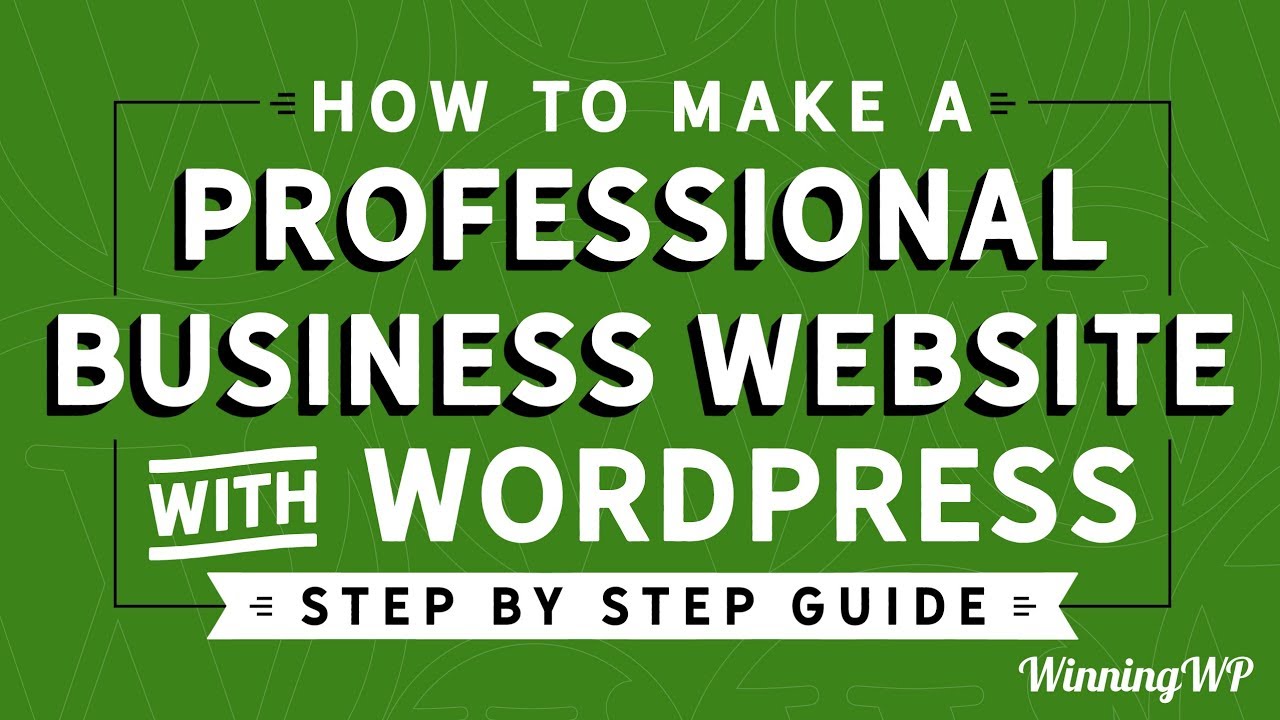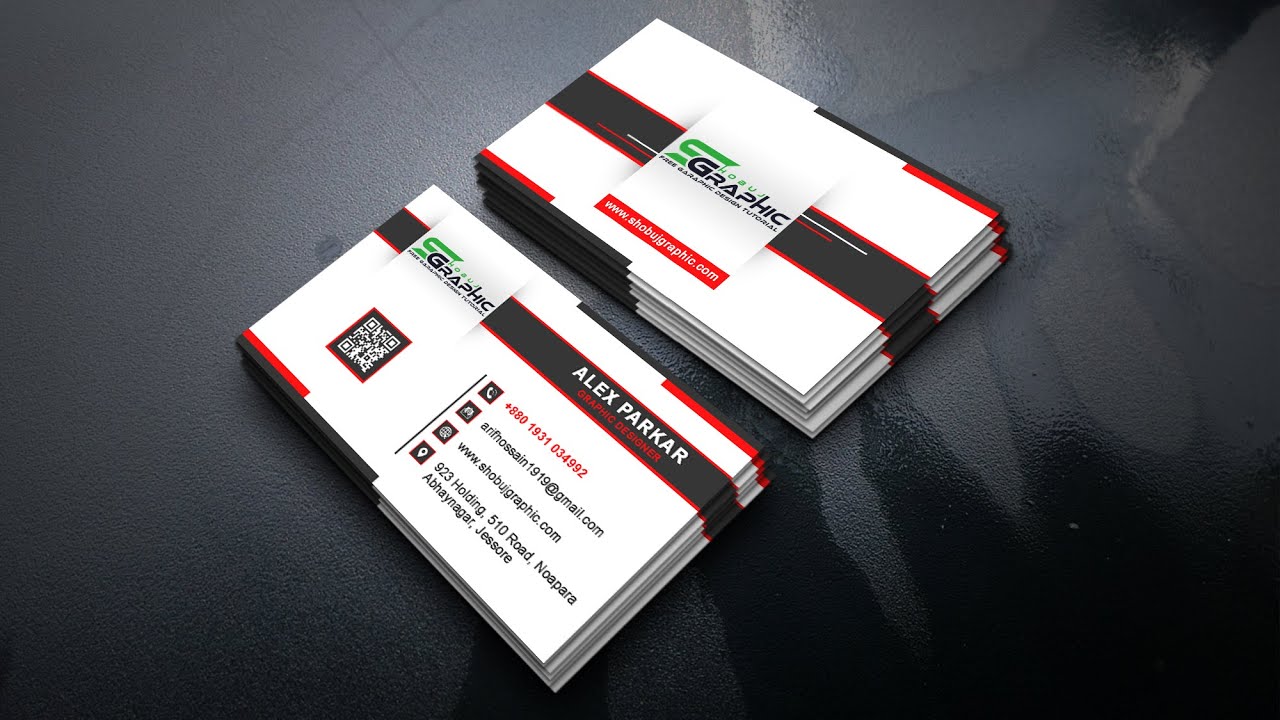In a nutshell, this is how to make a business website in WordPress. After a quick setup, you can start customizing your theme, adding pages, and installing plugins. In the end, you’ll have a fully functional website that promotes your business. But before you get started, be sure to read the complete tutorial first. It’s the best way to ensure success and get the most from your website.
Choosing a theme
There are many factors to consider when choosing a business website theme. Ensure that it fits your business’s brand identity. Most themes are fully customizable, allowing you to change the font, color scheme, and images. You should also consider how the theme will be used and whether it supports plugins. Each page type has its own features, such as social sharing and commenting. Check whether a theme supports these features before purchasing.
You’ll also want to choose a theme that is responsive and will work well with the latest version of WordPress. A theme should support all the major browsers, both desktop and mobile, as well as any plugins you might want to use. Likewise, the theme should have an easy-to-customize menu and be SEO-friendly. In addition, a business website theme should support e-commerce, as that will help your customers buy your products and services.
Customizing a theme
One of the challenges of creating a business website is choosing the right theme. Premium themes can have a lot of unnecessary features and plugin code. This can cause the site to load slowly, affecting your sales and SEO rankings. A theme that loads quickly is better for business websites, so it’s important to choose one that doesn’t have these issues. Luckily, most themes come with demo sites that you can view.
Depending on the type of business website you are building, customizing a theme may be easier than you think. SeedProd themes include the core parts of a theme, which means you can customize them however you want. For example, you can change the header image, category colors, and more. Then, once you’ve chosen your theme, you can tweak individual elements to match your brand image.
Adding pages
The next step in creating a website is to add pages. Pages can show up under the Menu Structure. You can also add them to the sidebar. The name of the pages can be changed as well. Here are the steps to add a page. Once you’ve added your pages, you can make them visible to visitors. This will give them a good idea of what they can expect.
When creating a page, the WordPress Editor will open. You can add content and images to it. You can also add code to the page. Once the content is added, publish it or save it as a draft. Depending on which page you’re creating, WordPress will organize pages in alphabetical order or by date published. You can change this default order, too. You can also use a hierarchy to organize your pages.
Customizing a plugin
Plugins are a great way to make your business website look and function exactly how you need it. For example, if you have a baseball team and want to include the schedule of the team games on your site, you can customize the plugins to fit the design and data of each page. This way, you won’t have to deal with code and constant updates that can break your site.




